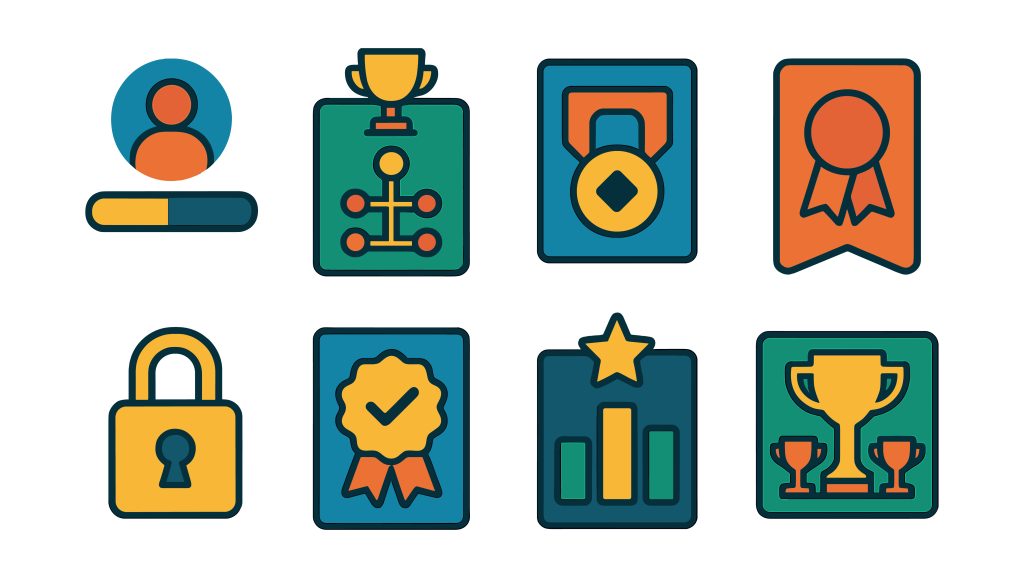
In today’s digital landscape, UX writers are in high demand. Companies from startups to tech giants recognize the importance of concise, user-centered microcopy that guides customers through interfaces, builds trust, and drives conversions. If you’re ready to turn your passion for words into a rewarding career, this guide will walk you through every step—from building foundational skills and crafting a standout portfolio to networking effectively and acing interviews. By the end, you’ll have a clear roadmap to secure your first UX writing role—and the confidence to thrive once you’re there.
1. Building Core UX Writing Skills
1.1 Understand UX Fundamentals
Before you write a single line of copy, you need to grasp the basics of user experience design:
- Information Architecture: How content is organized, labeled, and navigated.
- Interaction Design: The flow of screens, button states, and error paths.
- Accessibility Standards: WCAG guidelines, screen-reader considerations, inclusive language.
Spend a few weeks exploring free resources—Nielsen Norman Group articles, the W3C’s accessibility documentation, and simple UX design books like “Don’t Make Me Think.”
1.2 Master Microcopy Techniques
Microcopy isn’t just “short copy.” It requires precision:
- Clarity over cleverness: Avoid puns that confuse users.
- Consistency: Use the same terminology for similar actions.
- Tone and voice: Adapt to brand personality—friendly, authoritative, playful, etc.
- Error messaging: Provide cause + solution in a single sentence (“Your payment failed. Try another card or contact support.”).
Practice by rewriting the microcopy on apps you use daily (e.g., rename “Submit” to a more descriptive CTA).
1.3 Learn the Tools of the Trade
Familiarize yourself with:
- Design tools: Figma, Sketch or Adobe XD (for embedding copy in mockups).
- Version control: Basic Git commands or figma version history.
- Collaboration platforms: Slack, Notion, Confluence (for documenting style guides).
Experience with these tools shows hiring managers you can plug into real product workflows immediately.
2. Crafting Your Portfolio & Resume
2.1 Selecting and Presenting Case Studies
Quality trumps quantity. Aim for three to five well-documented projects:
- Signup Flow Redesign: Show before/after copy, metrics like reduced drop-off rates.
- Error State Optimization: Demonstrate empathy and clarity improvements, with support-ticket reduction.
- Onboarding Tutorial Copy: Highlight improved activation metrics.
For each, follow the “Problem → Research → Drafts → Results” structure, and include screenshots or live embeds.
2.2 Resume Best Practices for UX Writers
- Headline: Use “UX Writer” or “Microcopy Specialist,” not generic titles.
- Summary: One-sentence elevator pitch:
“UX writer passionate about crafting concise, inclusive microcopy that improves conversion and accessibility.” - Experience: Even if unpaid or personal projects, list them with metrics:
“Drafted button copy for personal finance app, increasing click-through by 12%.” - Skills Section: Include “UX research,” “A/B testing,” “Figma,” “Accessibility (WCAG),” “Content Strategy.”
- ATS Optimization: Mirror keywords from job listings (e.g., “microcopy,” “UX writing,” “UI text”).
3. Networking & Interview Preparation
3.1 Leverage Industry Communities
- LinkedIn: Post short UX writing tips, share case-study snapshots, connect with current UX writers.
- Slack Groups: Join channels like “UX Writers Collective” or “Content + UX.” Engage in discussions, ask for feedback, and offer your insights.
- Twitter/X: Follow hashtags: #uxwriting, #contentstrategy, #a11y.
Don’t just lurk—actively participate by sharing mini-threads on microcopy best practices.
3.2 Preparing for Common Interview Questions
Tell me about a time your microcopy improved user engagement.
Have a concise STAR answer: Situation, Task, Action, Result, focusing on metrics.
How do you handle conflicting feedback from designers and developers?
Emphasize collaboration: “I listen to both perspectives, prototype alternatives, and run quick user tests or A/B experiments to land on the best copy.”
What tools and processes do you follow?
Name specific tools (Figma, Notion), processes (user research, style-guide reviews, A/B testing) and show how you integrate AI feedback if relevant.
3.3 Mock Interviews & Portfolio Walkthroughs
Schedule practice calls with peers or mentors. Record yourself presenting each case study in under five minutes, highlighting the problem, your process, and the impact. Refine your story until it flows naturally.
4. Continuous Learning & Career Growth
4.1 Staying Current with UX Trends
- Subscribe to newsletters: UX Collective, Content Design London, Nielsen Norman updates.
- Attend virtual meetups and conferences: Confab, An Event Apart, Smashing Conference.
- Read monthly reports on AI in UX, accessibility law changes, or new pattern libraries.
4.2 Advanced Specializations
Once you land your first role, consider branching into:
- Voice UX Writing: Scripts for voice assistants (Alexa, Google Assistant).
- Transactional Email Copy: Onboarding, password resets, product announcements.
- Localization and Internationalization: Adapting microcopy for global audiences.
These skills will make you invaluable and open doors to senior content-strategy roles.
4.3 Building Your Personal Brand
- Maintain an up-to-date portfolio website (e.g., narraux.com/portfolio).
- Write occasional blog posts or LinkedIn articles about your UX writing experiences.
- Offer pro bono work or small workshops for nonprofits to expand your network and real-world impact.
Conclusion
Landing your first UX writing job is a journey of skill-building, strategic presentation, and proactive networking. By mastering core UX fundamentals, crafting a data-backed portfolio, engaging with industry communities, and continually learning new specializations, you’ll stand out to employers and step confidently into your dream role.
Ready to start? Enroll in NarraUX today, tackle your first gamified microcopy quest, and begin building the portfolio and network that will launch your UX writing career.
